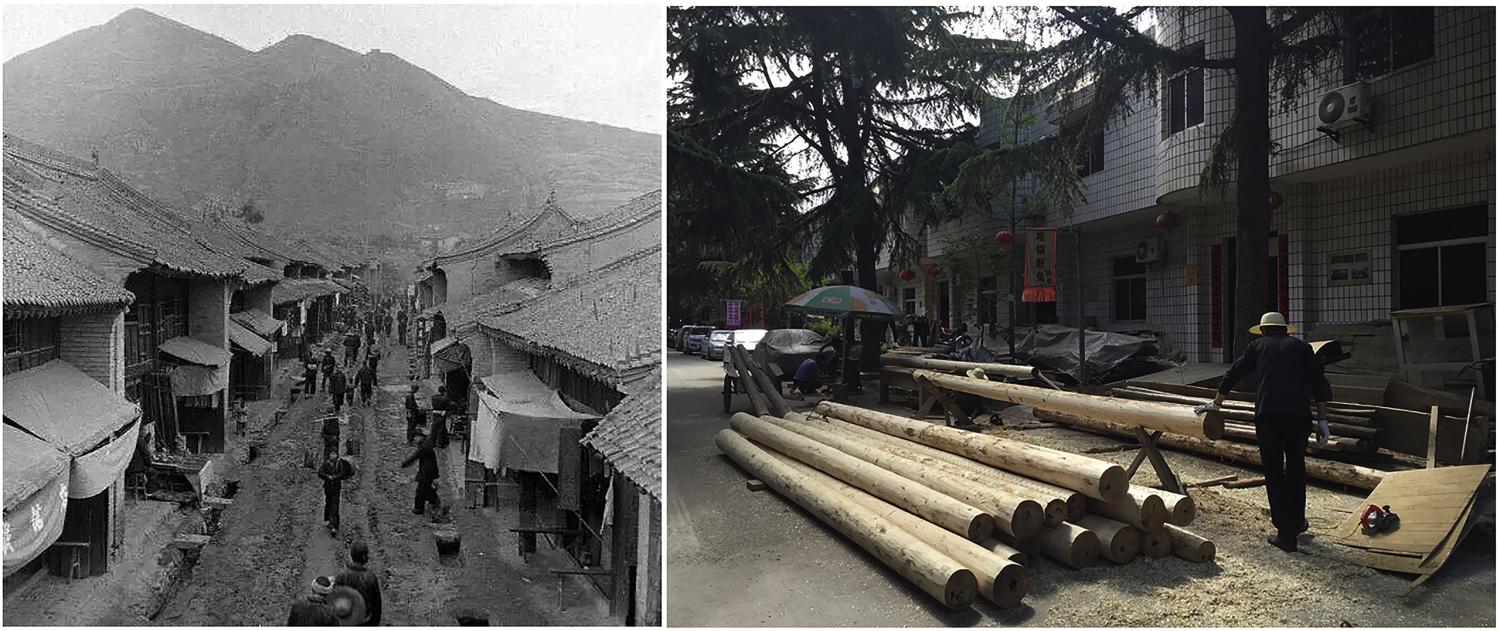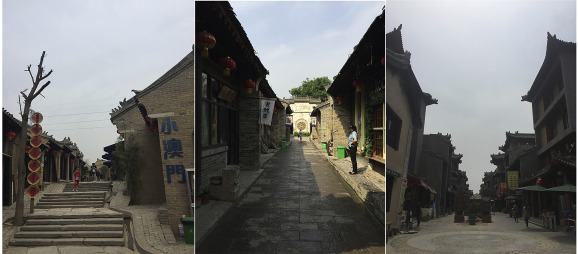Introduction:
As cities around the world grapple with aging infrastructure, the imperative to revitalize these vital systems has become increasingly urgent. Aging infrastructure not only poses risks to public safety and economic stability but also presents opportunities for innovation and sustainable renewal. In this blog, we’ll explore several case studies from different parts of the world where aging infrastructure has been successfully revitalized through innovative approaches, demonstrating the transformative power of sustainable renewal.
1. High Line Park, New York City, USA:
The High Line Park in New York City is a prime example of how aging infrastructure can be repurposed to create vibrant public spaces. Originally an elevated railway line built in the 1930s, the High Line fell into disuse and disrepair in the 1980s. Instead of demolishing the structure, community activists and urban planners envisioned transforming it into a linear park. After years of advocacy and fundraising efforts, the High Line Park opened in 2009, showcasing lush greenery, public art installations, and pedestrian pathways along its 1.45-mile stretch. Today, the High Line has become a beloved urban oasis, attracting millions of visitors annually and spurring economic development in the surrounding neighborhoods.
Key Features:
– Adaptive reuse of existing infrastructure
– Integration of green spaces and public amenities
– Community engagement and partnerships
2. Cheongyecheon Stream, Seoul, South Korea:
Cheongyecheon Stream in Seoul was once an urban waterway buried beneath an elevated highway. In the early 2000s, the city embarked on a bold project to remove the highway and restore the stream to its natural state. The Cheongyecheon Restoration Project involved demolishing the elevated highway, uncovering the stream, and revitalizing its banks with pedestrian walkways, landscaped gardens, and public plazas. The project not only improved water quality and flood control but also revitalized the surrounding area, boosting tourism, enhancing connectivity, and fostering social interaction.
Key Features:
– Removal of elevated infrastructure
– Ecological restoration of waterway
– Creation of pedestrian-friendly public spaces
3. Thames Tideway Tunnel, London, UK:
The Thames Tideway Tunnel is a major infrastructure project aimed at addressing London’s aging sewer system, which dates back to the Victorian era. The existing sewer network, designed to accommodate a much smaller population, struggles to cope with the demands of a modern metropolis, leading to frequent overflows of raw sewage into the River Thames. To tackle this problem, the Thames Tideway Tunnel project involves the construction of a new underground tunnel to capture and transport sewage overflow to treatment facilities, preventing pollution of the river. Scheduled for completion in the mid-2020s, the project represents a significant investment in sustainable infrastructure that will protect public health, improve water quality, and safeguard the environment for future generations.
Key Features:
– Upgrade of aging sewer infrastructure
– Reduction of water pollution and environmental degradation
– Long-term benefits for public health and ecosystem health
4. Bosco Vertical, Milan, Italy:
Bosco Vertical, or Vertical Forest, is a groundbreaking residential complex in Milan that demonstrates the integration of nature into urban living spaces. Designed by architect Stefano Boeri, the twin towers of Bosco Vertical are covered with over 900 trees, 5,000 shrubs, and 11,000 perennial plants, creating a vertical forest that absorbs carbon dioxide, produces oxygen, and provides habitat for birds and insects. The innovative green facade not only enhances the aesthetic appeal of the buildings but also contributes to energy efficiency, noise reduction, and air quality improvement. Bosco Verticale has received international acclaim as a model for sustainable urban development, inspiring similar projects in cities worldwide.
Key Features:
– Vertical integration of greenery into residential buildings
– Biodiversity enhancement and ecosystem services
– Sustainable building design principles
Conclusion:
These case studies illustrate the diverse approaches to revitalizing aging infrastructure through sustainable renewal. Whether through adaptive reuse, ecological restoration, modernization, or innovative design, cities are finding creative solutions to address the challenges posed by aging infrastructure while promoting environmental sustainability, social equity, and economic vitality. As we confront the pressing need to upgrade and modernize our built environment, these examples serve as inspiration for harnessing the transformative power of sustainable infrastructure to create healthier, more resilient, and more livable cities for generations to come.





